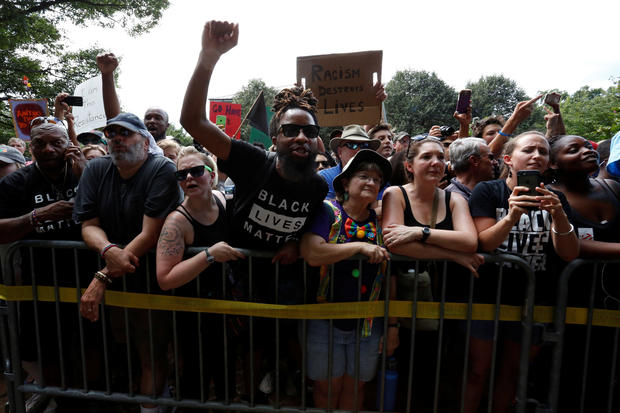By Sarah Purtill
Impunity Watch Reporter, North America
FLORIDA, U.S.A. – In the aftermath of Hurricane Irma, the Rehabilitation Center at Hollywood Hills is under investigation for the death of 8 residents. The nursing home lost a transformer during the storm that powered their air conditioning. The rest of the power remained unaffected.
The temperature and humidity levels in Florida rose after the hurricane. The nursing home attributes the residents’ deaths to “a prolonged outage of our air conditioning system due to Hurricane Irma.” The second floor of the facility was called “excessively hot” by Police Chief Tomas Sanchez.
Nursing home administrator Jorge Carballo said, “Staff set up mobile cooling units and fans to cool the facility and continually checked on our residents’ well-being to ensure they were hydrated.” He added that the nursing home was cooperating with the authorities following this tragedy.
After a resident died in the facility late on September 12th, three more residents were found dead on the second floor of the building. An evacuation of the nursing home was done on the morning of September 13th. But it was too late for four more residents, who died in hospitals after the evacuation.
Across the street from the Hollywood Hills nursing home is Memorial Regional Hospital. This close-proximity was the reason some chose the nursing home for their family. Jeffrey Nova chose Hollywood Hills for his mother because the hospital was so close. His mother, Gail Nova was one of the residents who passed away.
Florida Governor Rick Scott is demanding answers. He said officials had been in contact with the Rehabilitation Center at Hollywood Hills. “If they find that this facility was not meeting the state’s high standards of care, they will be held accountable to the fullest extent of the law” the Governor said in a statement.
In previous years, the nursing home has had safety violations and citations. Two of these citations were for not following generator regulations in 2014 and 2016. In both these instances, the nursing home did correct the problems.

Other nursing homes in both Florida and Texas have been evacuated due to Hurricane Irma and Hurricane Harvey. La Vita Bella nursing home residents in Texas sat in water up to their chests before they were evacuated. The residents were airlifted out after pleas were tweeted out for assistance.
But seniors in nursing homes are not the only ones who do not get the assistance they need quickly. Seniors that do not live in nursing homes are often alone with no one to help them. These seniors are reluctant to ask for help for fear of being institutionalized.
Many of them require wheelchairs, walkers or other means of assistance for medical necessity. Seniors also may be dependent on electronic devices out of medical necessity. According to a 2005 study, about 50% of Americans needing dialysis were 65 or older. In these cases, when there is a power outage, it could create life threatening situations.
Howard Gleckman of Forbes suggests some solutions for how we can help the elderly in these disasters. Some of these suggestions are mapping at risk seniors living at home, creating easy to use technology so seniors can request assistance and making shelters accessible to the elderly the way that we have for pets.
Although many seniors are reluctant to ask for help, it can’t hurt to offer assistance, even when they don’t need it.
For more information, please see:
CNN – At least 8 dead after Irma leaves Florida nursing home with no A/C – 13 September 2017
Florida Government – Gov. Rick Scott: I am Demanding Answers on Fatalities in Broward – 13 September 2017
Forbes – Why Big Storms Like Irma And Harvey Are Killing Frail Elders – 13 September 2017
ABC News – Why hurricane preparation and recovery is especially difficult for many senior citizens – 12 September 2017
Time – ‘Need Help ASAP.’ The Story Behind the Photo of Nursing Home Residents Trapped in Hurricane Flood Water – 28 August 2017


